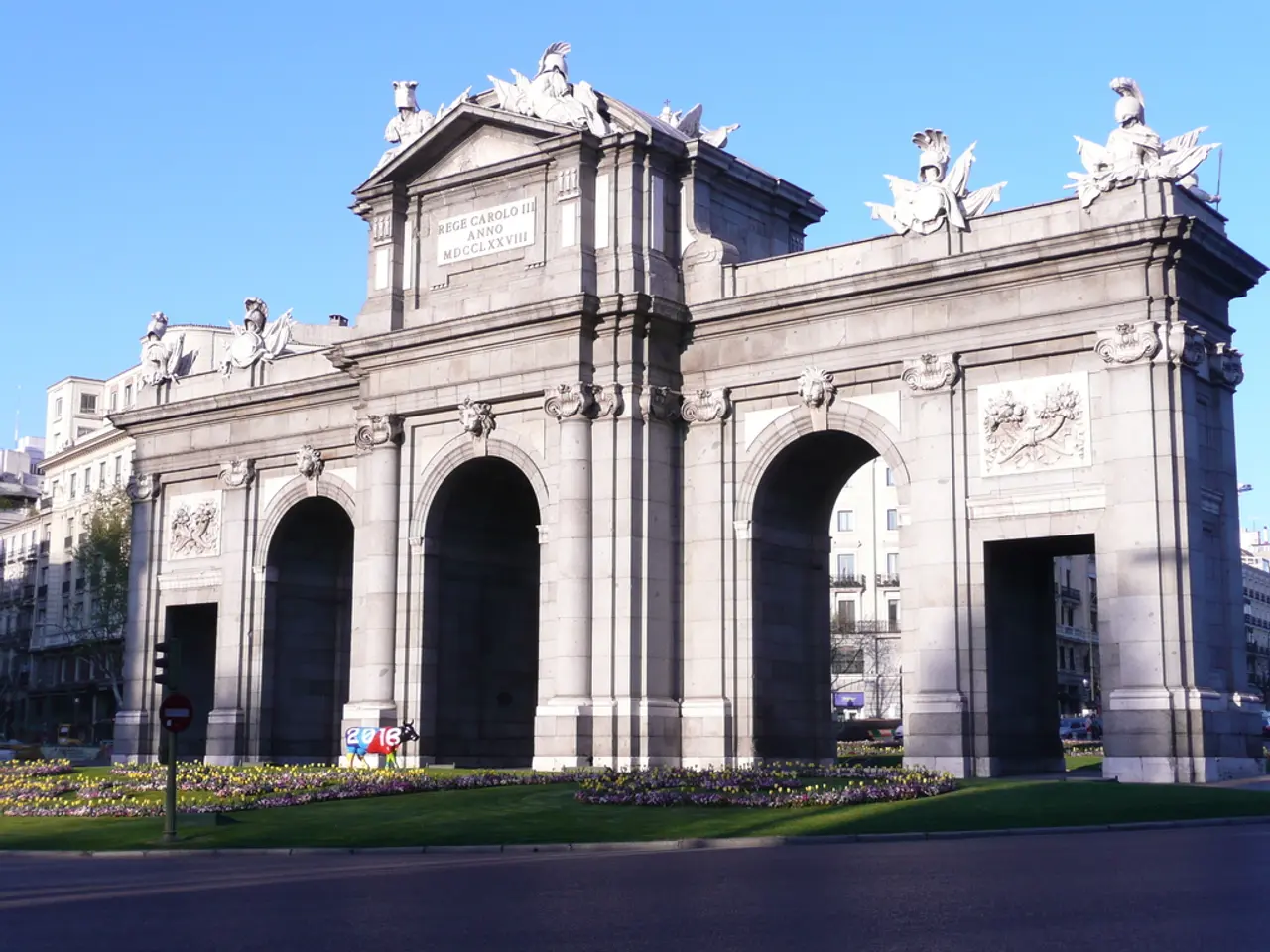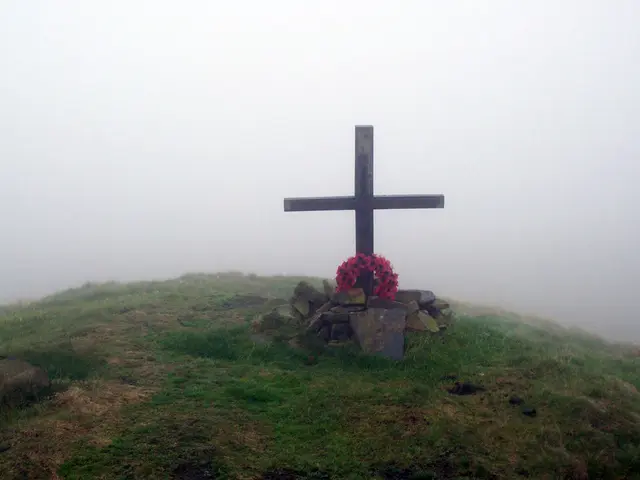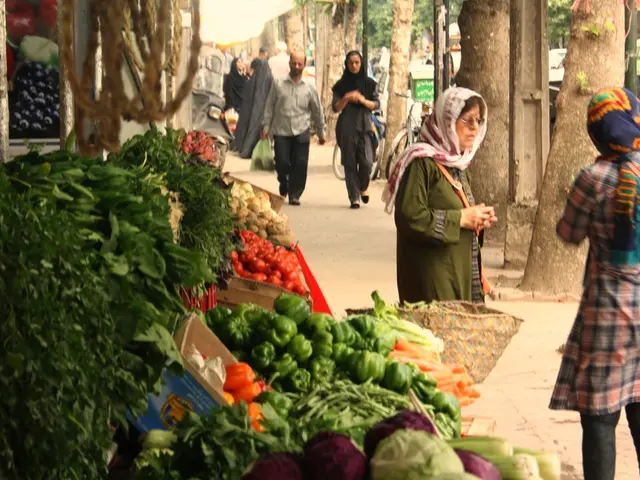Kazan Autumn blends tradition, history, and winter weather forecasts
November 4th marks Kazan Autumn, a traditional Russian festival honouring Saint Seraphim of Sarov. It signals the beginning of winter and the time to settle accounts with seasonal labourers. The day is also known for its weather forecasts.
Kazan Autumn, celebrated on November 4 (October 22 in the Old Style calendar), is rich in customs. Traditionally, people air out their cellars, burn juniper branches, and fill the space with smoke to preserve stored provisions. This day also sees workers receiving their final payments before winter and returning home to find tables laden with food and ale.
The festival honours the Kazan Icon of the Mother of God and commemorates the deliverance of Moscow and all of Russia from Polish forces in 1612. A bountiful harvest is said to foretell an especially harsh winter. Weather on this day holds significance. If it passes without rain, the coming year is expected to be difficult. Clear skies predict cold weather, while fog signals warmth ahead.
Kazan Autumn, a blend of tradition and weather lore, offers a glimpse into the coming winter. As the festival honours Saint Seraphim of Sarov and commemorates a historic deliverance, it also serves as a reminder to prepare for the harsh winter ahead.
Read also:
- United States tariffs pose a threat to India, necessitating the recruitment of adept negotiators or strategists, similar to those who had influenced Trump's decisions.
- Weekly happenings in the German Federal Parliament (Bundestag)
- Massive 8.8 earthquake hits off the coast of Russia's Kamchatka Peninsula, prompting Japan to issue a tsunami alert.
- Court petitions to reverse established decision on same-sex marriage legalization







